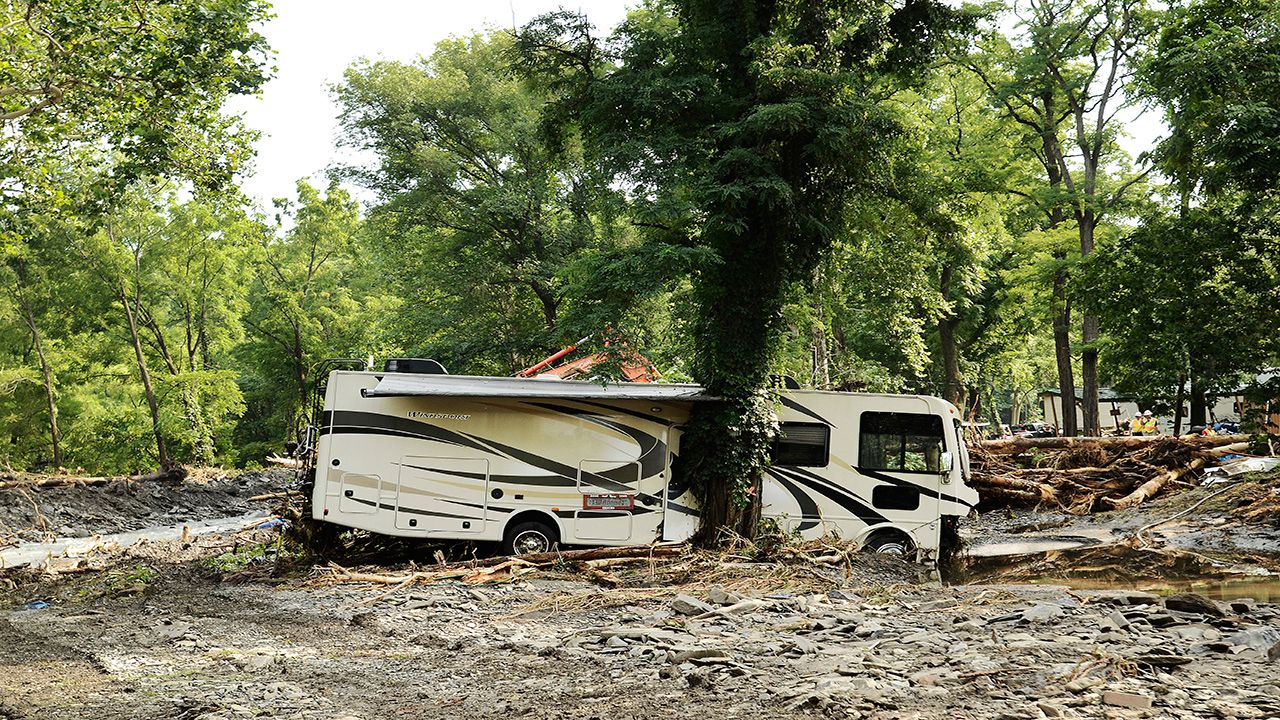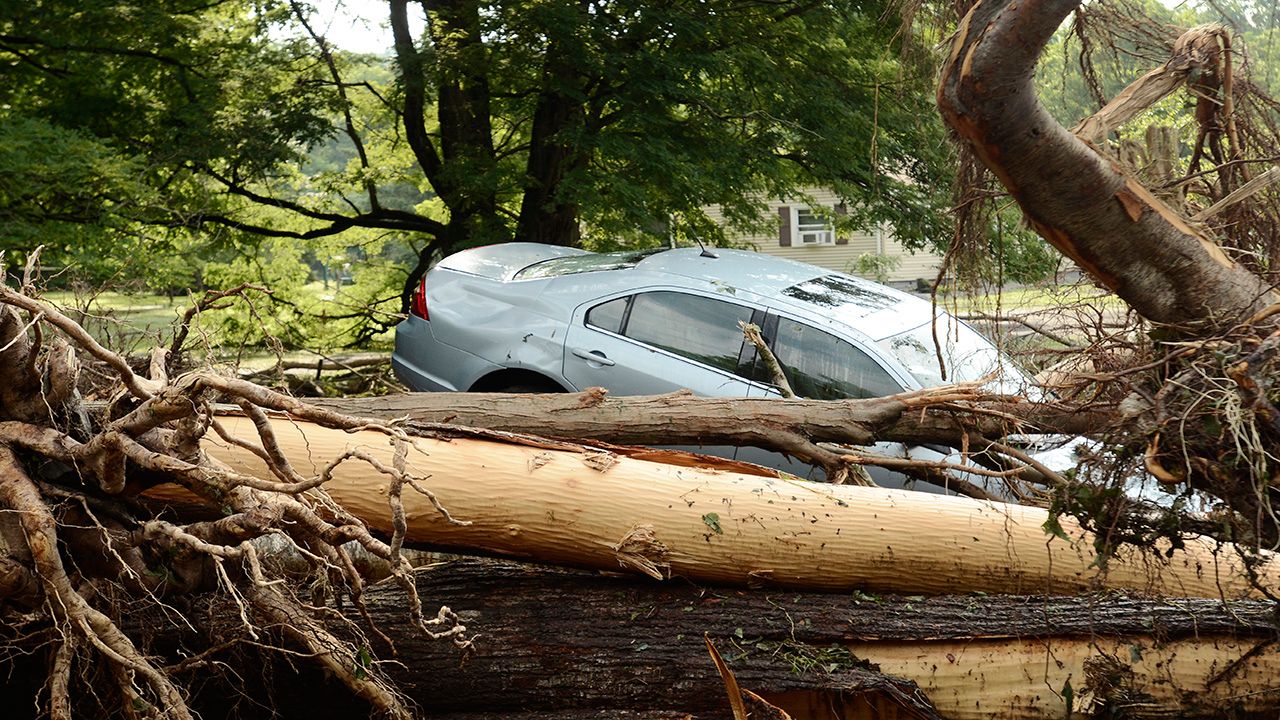When heavy rain is on the way, and your area could see flash flooding, a flash flood watch or warning is issued.
What exactly is flash flooding, and what are the differences between a watch and a warning?
Flash floods can develop very quickly, usually within just a few hours of heavy rainfall. Sometimes, areas that quickly collect water, like underpasses and streets at the bottom of hills, can see rapid rises in water in just a few minutes.
When "training" occurs, which is heavy rainfall over the same area in a relatively short period, streets and neighborhoods can quickly flood, causing damage and even threatening lives.
In other cases, dams can sometimes fail, causing a rapid flow of water into a residential area.
For these reasons, pay attention when a Flash Flood Watch or Warning is issued.

When a Flash Flood Watch is issued ahead of a period of heavy rain or thunderstorms, it means conditions look very favorable for flash floods.
The forecast amount of precipitation, as well as how saturated the ground is, are factors that go into whether or not a Watch is issued. Generally, several counties are included in a watch.
When a Watch is issued, start planning. Have an emergency kit ready to go, and plan to get to higher ground or safety if flooding occurs quickly.
A Flash Flood Warning is issued when dangerous flooding is either about to occur or is already happening.
Since these reports rely on radar confirmations or emergency management confirmation in a specific area, Warnings are generally issued for individual counties.
By this point, you might only have minutes to get to higher ground. It is extremely important to follow a plan that is already in place.
Often, when our reporters go out and cover flash flood stories, they bring us videos and pictures of vehicle water rescues.
Unfortunately, some of these do not end well, with fatalities reported in many instances. A car is one of the worst places to be during a flash flood.
Never drive your car into water of unknown depths. What may look like a shallow and driveable water-covered street may be deep and deadly.
Most deaths that occur in flash floods occur in vehicles. If you happen to be in a situation where your vehicle stalls, abandon it and move to higher ground. Once it is swept away by water, it often becomes impossible to escape.
Remember, a large vehicle may feel safer than a compact car, but the reality is that just 18 inches of water can sweep away a truck or an SUV.
Water is one of the most powerful resources on earth, but it can also be the most deadly. When in doubt, it is always better to err on the side of caution and not risk going on foot or in your car through rapidly moving water.




